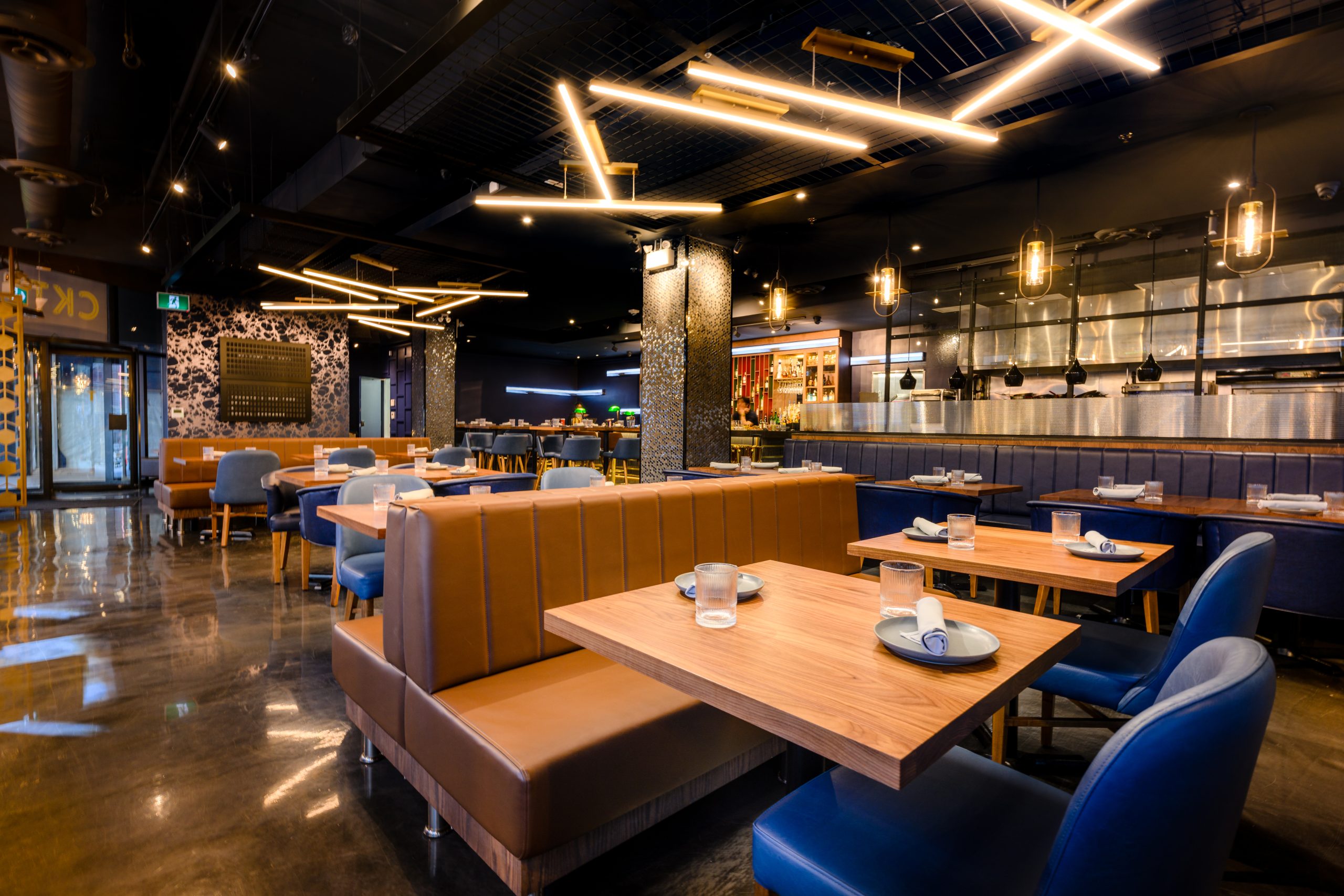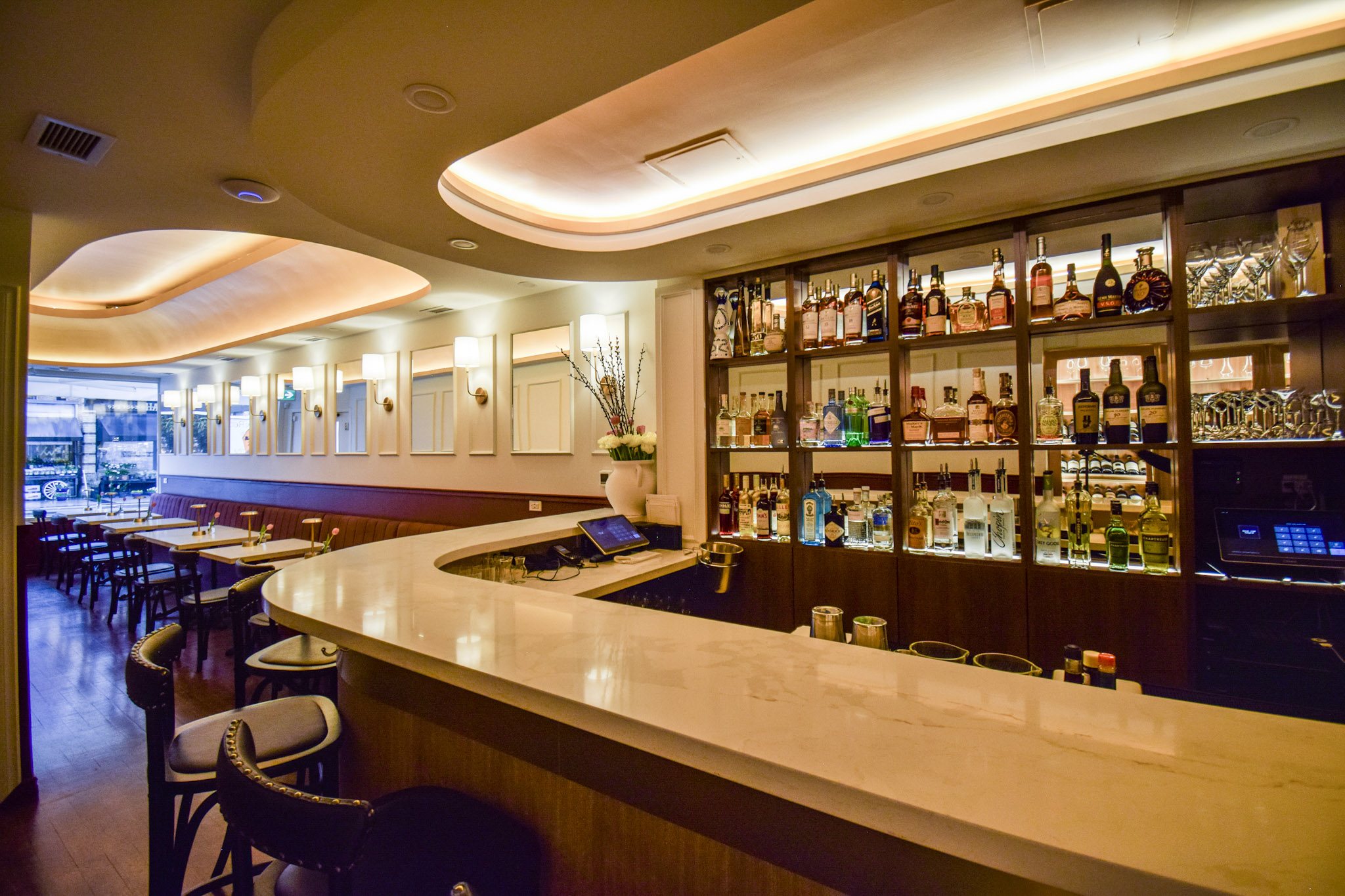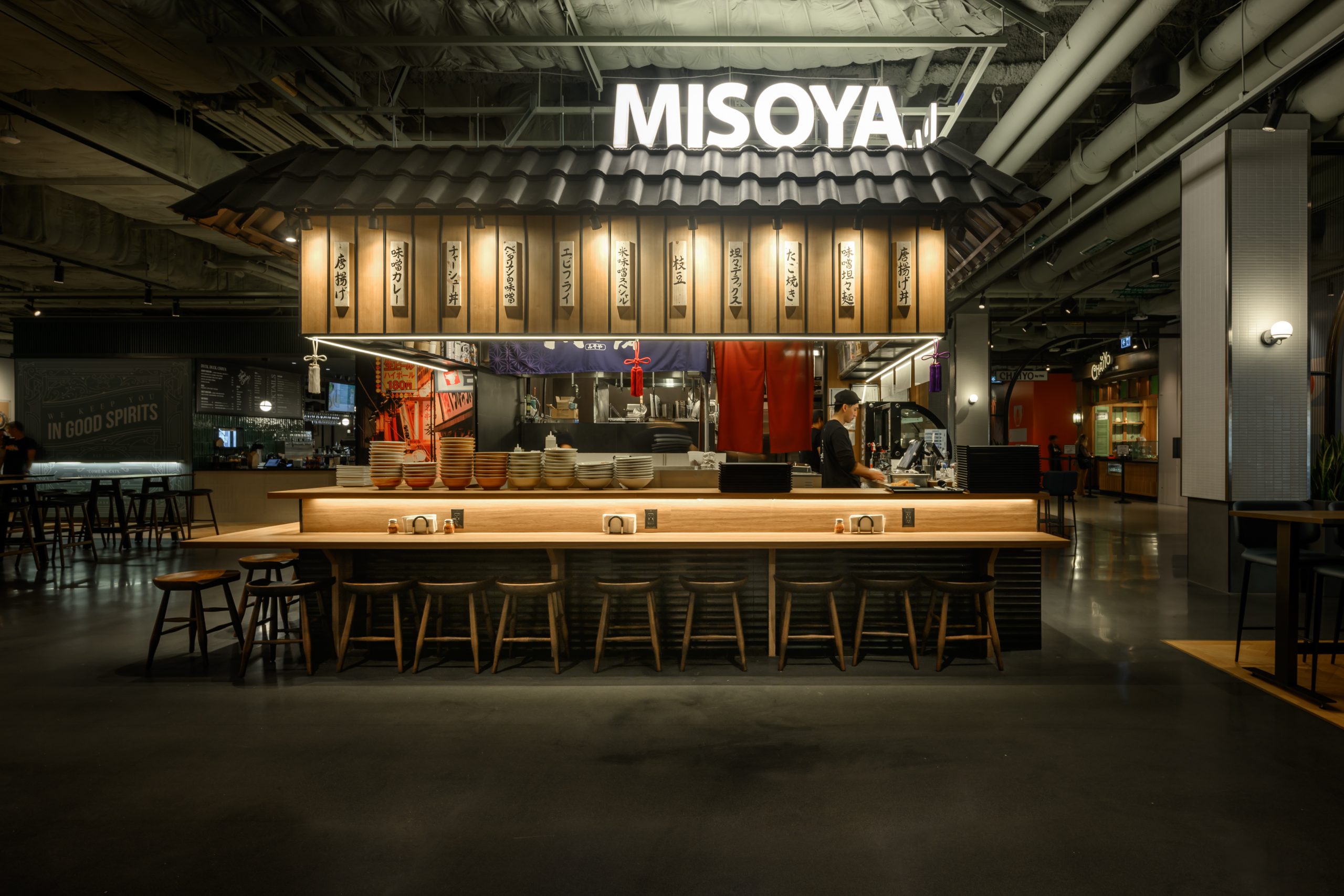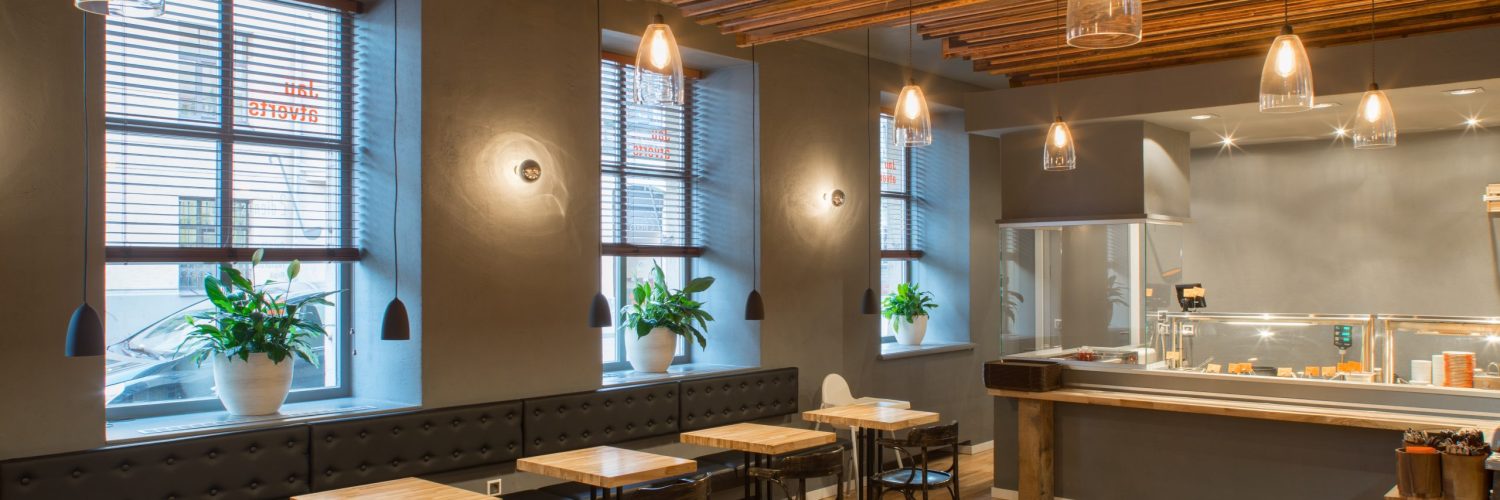When it comes to dining out, the experience is not just about the food; it’s also about the ambiance and the environment in which it is enjoyed. Restaurant interior design plays a crucial role in shaping the overall dining experience, influencing customer perceptions, satisfaction, and loyalty. In this blog post, we will explore the art of restaurant interior design and highlight the must-have features that can elevate a dining space from ordinary to extraordinary.
The Role of Interior Design in Restaurants
Restaurant interior design goes beyond aesthetics; it is a strategic tool that can impact the mood, behavior, and overall experience of diners. The choice of colors, lighting, layout, furniture, and décor all contribute to creating a welcoming and comfortable environment that encourages guests to linger and return.
Read more: The Finishing Touch: Top 10 Premium Materials to Elevate High-End Restaurants
Current Trends in Restaurant Interior Design
In recent years, certain design trends have emerged in the restaurant industry to meet the changing demands and preferences of patrons. Sustainable materials, biophilic design (incorporating nature elements), and open kitchens that showcase the culinary preparation process are gaining popularity. Moreover, the rise of Instagrammable spaces has made visually appealing interiors a key consideration for many restaurants, as they aim to create shareable moments and attract social media attention.
The landscape of restaurant interior design in 2024 is marked by several exciting trends that blend functionality, sustainability, and immersive experiences. Here are some of the key trends to consider:
- Sustainability and Eco-Friendly Materials: There’s a strong push towards using sustainable materials like recycled wood and energy-efficient lighting. This not only aligns with environmental responsibility but also resonates well with customers who value green practices
- Multifunctional Spaces: Restaurants are increasingly designed to serve multiple purposes, transitioning seamlessly between dining, social gatherings, and even workspaces. This flexibility is achieved through moveable walls, convertible furniture, and adaptable layouts .
- Biophilic Design: Incorporating elements of nature into restaurant designs is gaining popularity. This includes living walls, natural light maximization, and the use of organic materials and shapes, which enhance the dining atmosphere and promote well-being among patrons
- Digital and Smart Technologies: Advanced technologies like digital menus, interactive ordering systems, and smart lighting are becoming more common. These features enhance the dining experience by providing efficiency and a futuristic feel
- Artistic and Instagrammable Elements: Visual appeal continues to be crucial, with designs that offer photogenic backdrops and unique art installations. This trend caters to a generation that values aesthetics and social media sharing
- Dark and Intimate Ambiances: A trend towards darker color palettes creates intimate and sophisticated spaces, suitable for evening dining and socializing
- Open Kitchens: Visible kitchen areas that engage diners by showcasing the culinary process are trending. This layout fosters transparency and adds an element of entertainment to the dining experience
- Cultural Heritage: Emphasizing local culture and craftsmanship gives restaurants a unique identity and helps support local artists and artisans. This trend enriches the customer’s experience by connecting them to the local heritage and community
Read more: Crafting Culinary Masterpieces: The Art of Designing a Michelin-Starred Restaurant Space
Case Studies of Successful Restaurant Designs
Several restaurants have successfully leveraged their interior design to create unique and memorable dining experiences.
CKTL & Co. – Toronto

CKTL & Co. offers an innovative dining experience with a stock exchange-themed ambiance, where the prices of menu items dynamically adjust based on real-time demand. This pioneering approach to market pricing infuses dining with excitement and interactivity, inviting patrons to participate in the thrill of a simulated stock market while enjoying exquisite culinary offerings and specialty cocktails.
Abeco Building Group, leveraging the latest in construction technology and a meticulous attention to detail, has expertly crafted a modern and stylish environment at CKTL. The interior features luxurious textures and elegant finishes, epitomizing sophistication and contemporary design. In collaboration with The Fifteen Group, the space accommodates up to 95 guests, providing an ideal setting for socializing, relaxing, and experiencing the unique and engaging atmosphere that CKTL & Co. uniquely provides.
À CÔTÉ – 1158 Yonge St, Toronto, ON M4W 2L9

The interior design of À Côté masterfully combines rustic wood finishes with modern decor, creating a setting that is both luxurious and inviting. The design features custom millwork, bespoke furniture, and advanced lighting solutions that accentuate the restaurant’s finest attributes. Our design team collaborated extensively with the client to curate a color palette that harmonizes with the culinary offerings, ensuring each element of the design is both functional and stylish.
Misoya Ramen – 81 Bay Street, Toronto, ON

Ramen Misoya celebrates the elegance and depth of Japanese culture through its meticulously designed interior. The restaurant harmoniously blends traditional and contemporary design elements, fostering an atmosphere of warmth and tranquility. The decor features a palette of warm wood tones, softly lit by the gentle glow of traditional paper lanterns. Seating arrangements are minimalist yet welcoming, crafted to provide a peaceful retreat from the urban hustle. This thoughtfully designed space offers guests a serene and immersive dining experience, embodying the essence of Japanese aesthetics.
Tips for Creating a Well-Designed Restaurant Space
When designing a restaurant space, it is essential to strike a balance between aesthetics and functionality. Consider the target demographic and the type of dining experience you wish to offer. Pay attention to details such as seating comfort, lighting levels, table layout, and acoustics to ensure a pleasant dining environment for guests. Incorporating elements of your brand identity and story into the design can also help create a cohesive and memorable experience.
Conclusion
Restaurant interior design is a powerful tool that can influence how customers perceive and interact with a dining space. By understanding the role of design elements and staying informed about current trends, restaurant owners and designers can create spaces that not only look visually appealing but also enhance the overall dining experience. Remember, a well-designed restaurant is not just a place to eat; it is a destination where guests can create lasting memories and come back for more.
About Abeco Building Group
Based in Toronto, Ontario, Canada, Abeco Building Group is a leading premium interior commercial construction company specializing in interior construction, design-build, construction management and integrated project delivery. We serve a variety of sectors, including retail, commercial, high-end restaurants, and healthcare, with a primary focus on the Toronto/Greater Toronto Area including Toronto, Vaughan, Mississauga, Richmond Hill and more. Our comprehensive expertise covers the entire project lifecycle, encompassing initial design and construction, project management, and post-completion support.



